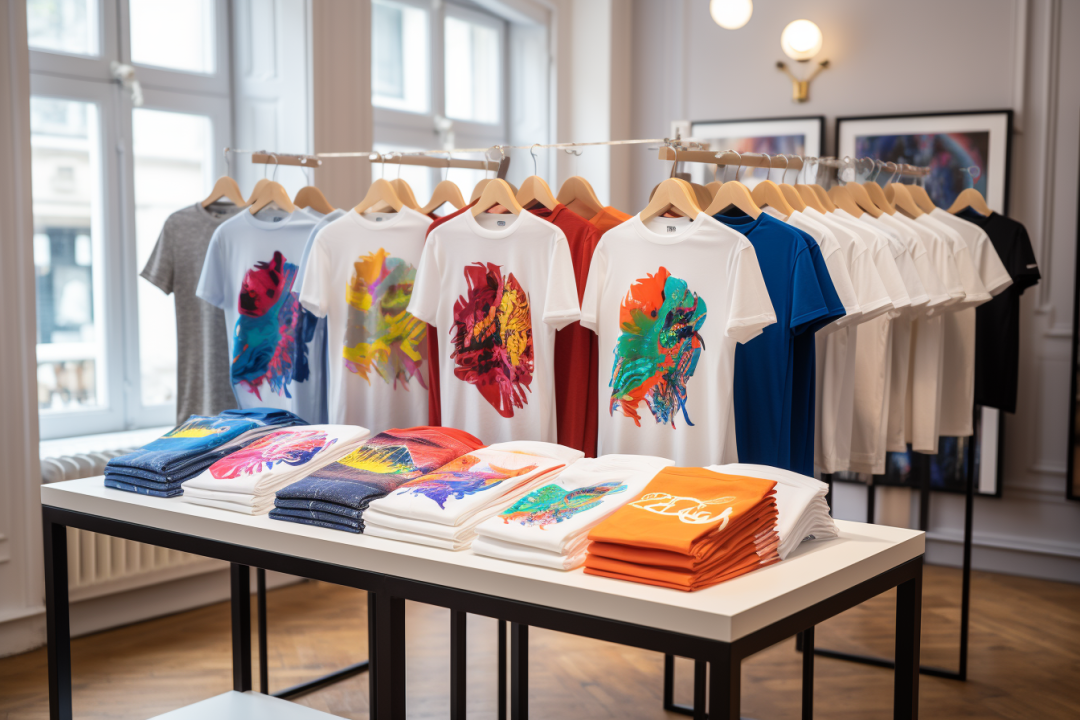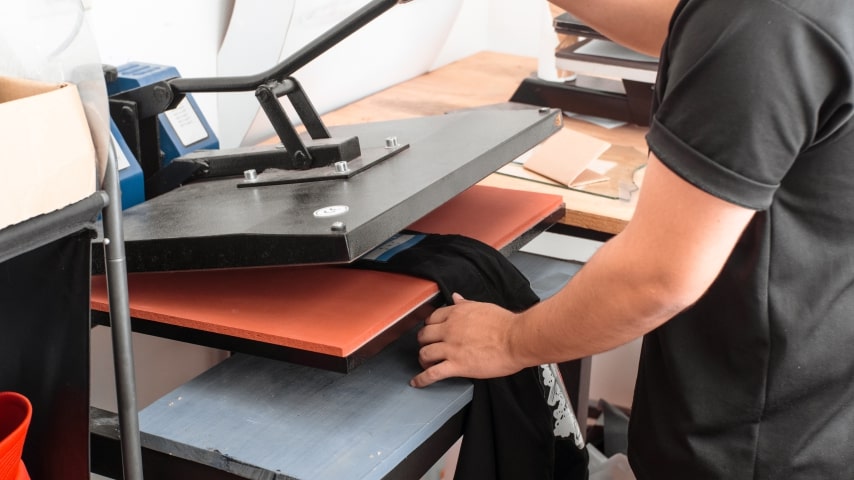Technologies in DTF Printing: Exactly How It's Transforming the Industry
The fabric printing market is undergoing a considerable makeover, driven by the sophisticated innovations in Direct-to-Film (DTF) modern technology. With exceptional ink formulations, improved film and sticky modern technologies, and the combination of automation, DTF printing provides vivid, resilient prints on a range of textiles, satisfying the increasing demand for customization.
Innovations in DTF Innovation
Progressing rapidly, DTF (Direct-to-Film) printing innovation has actually undertaken considerable enhancements that are changing the textile market. Modern DTF printers make use of innovative ink formulas that result in vivid, resilient prints with high resolution and shade precision.

Additionally, developments in film and glue modern technologies have improved the total application process. New films provide better flexibility and bond, enhancing the longevity and washability of the published designs - screen printing. This guarantees that the prints maintain their integrity and vibrancy even after several laundries
Lastly, environmental factors to consider have actually prompted the development of environment-friendly DTF services. Manufacturers are progressively adopting lasting methods, such as utilizing recyclable films and water-based inks, lining up with global initiatives to reduce the industry's eco-friendly impact.
Advantages Over Conventional Techniques
When comparing DTF printing to standard methods such as display printing and direct-to-garment (DTG) printing, numerous unique benefits arise. Branded clothing. One of the most substantial advantages is its convenience in fabric compatibility. Unlike screen printing, which often needs details textile kinds, DTF printing can be used to a more comprehensive variety of materials, including cotton, polyester, and blends, without endangering print top quality
One more notable benefit is cost-effectiveness, particularly for tiny to medium-sized orders. Traditional display printing ends up being economically sensible only at higher volumes due to the configuration costs entailed. In comparison, DTF printing eliminates these setup expenditures, making it a lot more inexpensive for smaller sized sets and one-off designs.
Furthermore, DTF printing excels in sturdiness and washability. Furthermore, DTF printing offers faster turn-around times.

Boosted Style Capacities
DTF printing provides improved layout abilities that establish it apart from standard printing approaches. The procedure entails printing a layout onto a special film, which is after that moved to textile.
Furthermore, DTF printing sustains a wide variety of textiles, including cotton, polyester, blends, and also non-textile substratums. This adaptability opens up doors for creative applications in diverse industries such as fashion, home design, and promotional products. Unlike screen printing, which can be limiting because of shade splitting up and pattern creation, DTF printing simplifies the procedure, making photo-realistic and multi-color designs a lot more easily accessible.
Additionally, DTF printing masters attaining consistent color precision and vibrancy. This is critical for brand consistency and meeting customer expectations. The innovation additionally sustains special results, such as glow-in-the-dark components and metallic coatings, better increasing creative possibilities. Essentially, DTF printing encourages developers to push the limits of creativity, delivering visually stunning outcomes that were formerly unattainable.
Expense and Time Performance
One of the noteworthy advantages of DTF printing hinges on its expense and time efficiency, making it a preferred selection for many services. By removing the requirement for screen arrangements and extensive pre-production processes, DTF printing substantially minimizes preliminary expenses. Unlike traditional approaches that require substantial financial investment in displays and configuration times, DTF printing enables direct application onto different products with minimal preparation. This decrease in configuration time converts into faster manufacturing cycles, making it possible for companies to accomplish orders extra promptly.
Furthermore, DTF printing masters creating brief runs and custom orders cost-effectively. The capacity to create premium prints without the need for huge quantity commitments minimizes waste and maximizes resource allocation. This flexibility is especially helpful for local business and startups that might not have the resources to purchase large-scale manufacturing runs.
In terms of functional performance, DTF printing's structured workflow improves overall productivity. The modern technology's compatibility with a variety of substrates and fabrics additionally broadens its application extent, minimizing the need for multiple printing systems. Consequently, businesses can attain a quicker turnaround time, enhancing consumer satisfaction and competitiveness in the market. Therefore, DTF printing attracts attention as a transformative service in the printing industry.
Future Trends in DTF Printing
Anticipating future fads in DTF printing discloses a landscape noted by quick technical innovations and increased market demand (heat transfer vinyl printing). One considerable fad is the assimilation of expert system (AI) and artificial intelligence formulas to maximize print high quality and improve procedures. AI-driven systems can predict potential issues and readjust setups in real-time, making certain constantly premium result
In addition, developments in sustainable materials and environmentally friendly inks are anticipated to obtain traction. As ecological worries come to be a lot more pressing, the industry is most likely to see a shift towards non-toxic and naturally degradable inks, lowering its eco-friendly footprint.
Personalization and personalization will certainly also play an essential role. With the growing consumer demand for article distinct, customized items, DTF printing technologies are developing to provide even more detailed and detailed modification options. This trend is sustained by boosted software application options that permit for even more facility and creative designs.
Finally, the assimilation of DTF printing with other digital systems and e-commerce options will come to be extra seamless. This connection will certainly enable businesses to supply on-demand printing services directly to consumers, additionally driving growth in the industry. These trends jointly highlight a future where DTF printing not only meets yet try this exceeds the progressing demands of the market.
Conclusion

When contrasting DTF printing to conventional methods such as display printing and direct-to-garment (DTG) printing, numerous distinct benefits arise. Unlike display printing, which commonly needs particular material types, DTF printing can be applied to a broader variety of products, consisting of cotton, polyester, and blends, without compromising print quality.
DTF printing uses improved style abilities that establish it apart from home conventional printing approaches. Thus, DTF printing stands out as a transformative remedy in the printing industry.
Advancements in DTF printing significantly boost the textile printing sector by offering remarkable print high quality, versatility, and effectiveness.